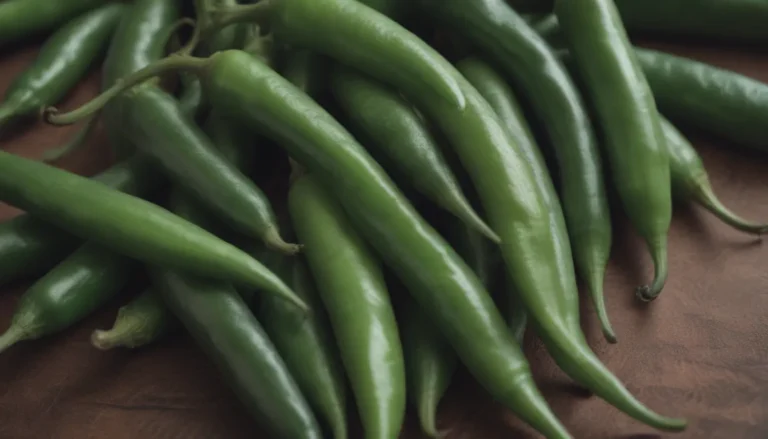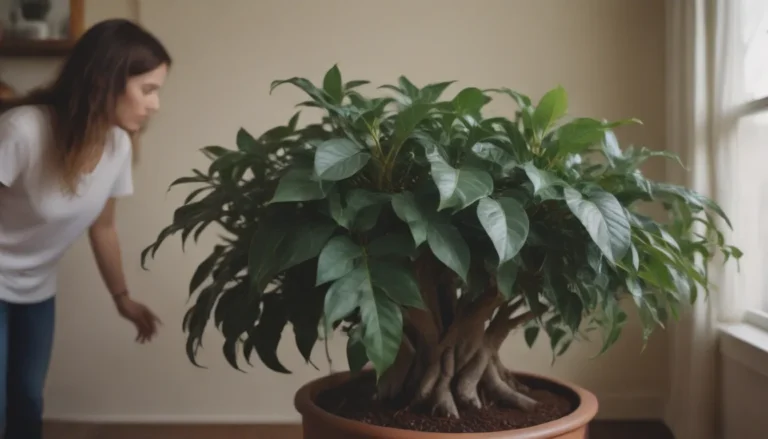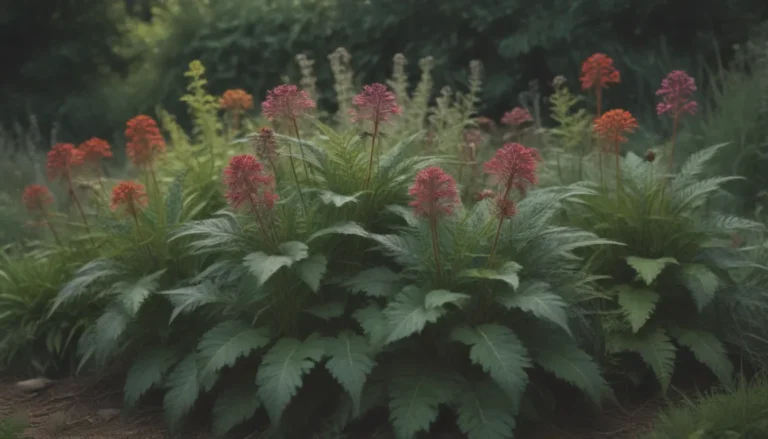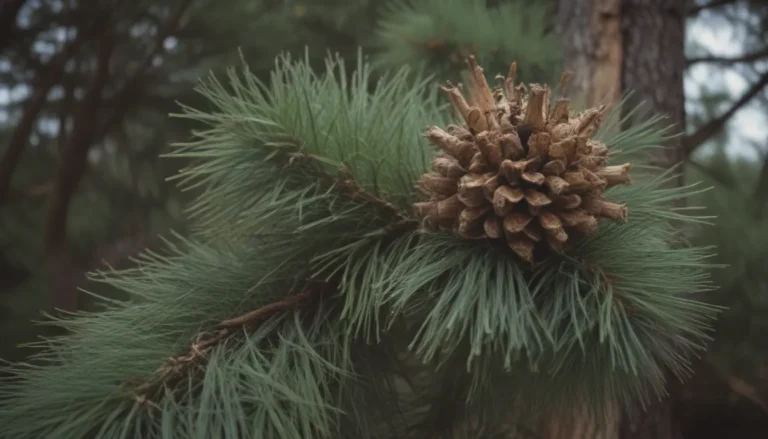Everything You Need to Know About Growing and Caring for Cup and Saucer Vine
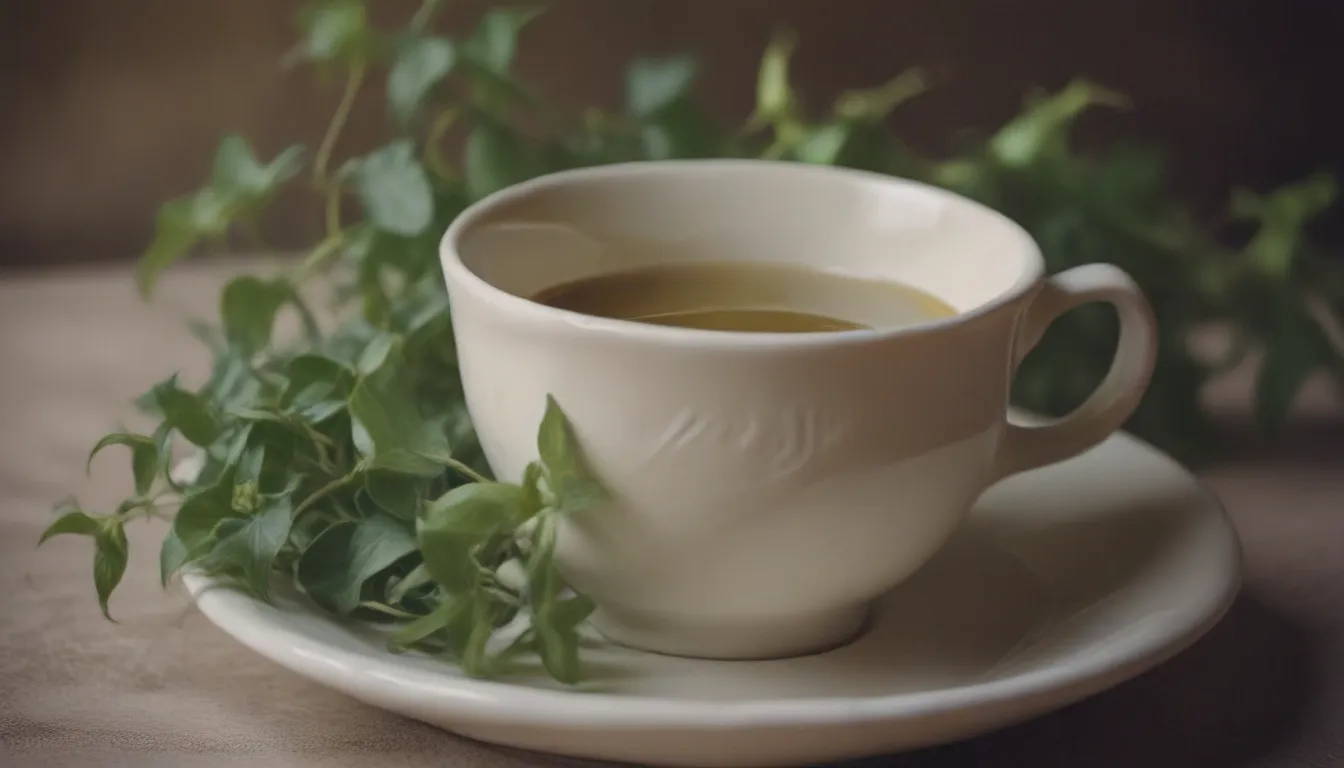
If you’re looking for a unique and beautiful plant to add to your garden, look no further than the Cup and Saucer Vine. This perennial climber, also known as Cobaea scandens, hails from subtropical regions of Mexico and boasts thin, lightweight leaves and stunning purple flowers that resemble the shape of a cup or bell. In this in-depth guide, we’ll explore everything you need to know about growing and caring for this striking vine.
Getting to Know the Cup and Saucer Vine
The Cup and Saucer Vine is a vigorous and rapid grower that can reach impressive heights of up to 30 or 40 feet in its natural environment. While it may take some time for this vine to start blooming, its foliage will quickly create a lush screen, grow over an arbor, or cover an unsightly fence in your garden. Not only does the vine feature bright green oblong leaves, but its cup-shaped flowers start off pale green before transforming into vibrant shades of purple or white as they mature. While the buds may emit a somewhat unpleasant scent, the fully opened flowers emit a delightful floral-honey fragrance.
Cup and Saucer Vine Care
When it comes to caring for your Cup and Saucer Vine, it’s essential to follow a few key guidelines to ensure its health and vibrancy. Here are some tips to help you nurture your vine:
- Starting From Seed: Cup and Saucer Vine grows so rapidly that it’s typically started from seed rather than nursery plants. Begin by direct-sowing seeds in your garden after all danger of frost has passed in the spring. Alternatively, get a head start by starting seeds indoors six to eight weeks before the last frost.
- Pollination: In regions south of USDA hardiness zone 7, Cup and Saucer Vine’s blooms are primarily pollinated by bats. While these flying mammals are harmless and even beneficial for controlling insects, you may want to avoid this plant if the idea of bats in your garden is unsettling.
- Training: This sprawling vine can easily overtake nearby plants, so it’s essential to train young and pliable vines to grow up a structure or trellis. To control the plant’s size, pinch off stems when they reach the top of the support structure to encourage branching and bud set.
- Container Growing: While you can grow Cup and Saucer Vine in a container, ensure that the container is large and sturdy enough to support the vine’s weight and any additional climbing structures.
Light Requirements
Cup and Saucer Vines thrive in full sun, requiring at least six to eight hours of sunlight each day for optimal blooming. In hot climates, the vines can tolerate some afternoon shade, but ample sunlight is still crucial for their health and growth.
Soil Needs
While Cup and Saucer Vine isn’t particular about soil pH or type, it thrives in well-draining soil. Adding organic matter to the soil will help keep the plant healthy and blooming without the need for additional fertilizers.
Watering
During the growing season, Cup and Saucer Vine should be watered regularly, ensuring that the soil remains moist but not waterlogged. Test the soil’s top few inches with your finger—if it’s dry, it’s time to water. Reduce watering frequency to once a month during the winter months.
Temperature and Humidity
Cup and Saucer Vine is versatile and grows well in various zones. As a summer annual, it thrives in most regions, although it may not survive in USDA hardiness zone 9. Young plants are sensitive to cold, so provide extra protection if temperatures drop below 50 degrees Fahrenheit.
Fertilization
To avoid excessive vine growth and few flowers, go easy on the fertilizer. If needed, side-dress with compost in mid-summer for an added nutrient boost.
Growing Cup and Saucer Vine From Seed
If you want to propagate new Cup and Saucer Vines or expand your vine collection, growing from seed is a fantastic option. Here’s how you can successfully grow Cup and Saucer Vine from seed:
- Seed Collection: The plant readily self-seeds, and you can transplant the seedlings to new locations. Collect the large, flat, and tough seeds and soak them in water the night before planting to encourage germination.
- Germination Process: While germination can be erratic, sprouts typically appear within two to four weeks. Start the seeds in separate pots filled with potting mix and insert a trellis to keep the vines under control from the beginning.
Common Pests and Diseases
Like any plant, Cup and Saucer Vine can face challenges from pests and diseases. Here are some common issues and solutions to keep your vine healthy and thriving:
- Aphids: Young and succulent plants may attract aphids. Control these pests by either spraying them with water or using insecticidal soap.
- Spider Mites: Older Cup and Saucer Vine plants may fall victim to spider mites, particularly in dry weather. Keep an eye out for these pests and take appropriate measures to address them if necessary.
By following these care tips and guidelines, you can cultivate a lush and vibrant Cup and Saucer Vine in your garden. Whether you’re a seasoned gardener or a beginner looking to add a unique touch to your outdoor space, this stunning vine is sure to impress with its beautiful flowers and rapid growth. Happy gardening!
